
We can help you develop your long-term vision statement
At Robot Mascot we’ve supported thousands of founders to develop business plan assets including pitch decks for seed funding.
We’ve supported founders from all over the world, helping them develop their long-term vision statement via our global award-winning investor pitch service, PitchReady. As a result of our help in preparing their business plan assets including their long-term vision statement, our founders find they are 40 times more likely to raise investment.
This page will tell you exactly what a long-term vision statement needs to be, how we develop vision statements and how to use yours when pitching for investment.
What is a long-term vision statement and what’s in it?
The long-term vision statement of a company is a forward-looking declaration that outlines what a company aspires to achieve in the future, typically beyond the immediate business cycle or next few years. It serves as a guiding star for the organisation, providing direction and purpose. Unlike a mission statement, which focuses on the company’s current objectives and how it operates, a long-term vision statement projects into the future, describing what the company ultimately wants to become or the lasting impact it aims to have on its customers, industry, or the world.
Components of a long-term vision statement:
Aspirational goals
It includes ambitious goals that challenge the company and its employees to strive for excellence. These goals are often broad and somewhat abstract, designed to inspire rather than to specify exact targets.
Core values
Many vision statements incorporate the company’s core values, reflecting the principles and beliefs that guide its actions and decisions as it works towards its long-term goals.
Impact on stakeholders
This can detail the intended impact on various stakeholders, including customers, employees, shareholders, and even society at large. It answers the question of how the company wants to be perceived and the positive changes it aims to bring about.
Innovation and growth
A vision statement often hints at innovation and growth, suggesting how the company plans to evolve and expand over time. This could relate to product innovation, market expansion, or contributions to societal progress.
Ultimate purpose
At its core, a long-term vision statement articulates the company’s ultimate purpose. This goes beyond financial success to encompass the broader contribution the company seeks to make to its community, industry, or the world.
What is the role of a long-term vision statement when seeking investment?
The role of a long-term vision statement of a company seeking investment is multifaceted and profoundly impactful. It serves not just as a declaration of the startup’s aspirations but as a strategic tool that plays a crucial role in attracting investment.
Here’s how:
Communicating purpose and direction
A long-term vision statement articulates the startup’s overarching goals and the impact it aims to have on its market or the world. It provides potential investors with a clear understanding of what the startup is striving to achieve in the long run, beyond mere financial returns. This clarity of purpose and direction is essential for investors to assess whether the startup aligns with their own investment philosophy and goals.
Demonstrating ambition and commitment
A compelling long-term vision statement showcases the startup’s ambition and its commitment to growth and innovation because it signals to investors that the startup is thinking big and has the drive to overcome challenges and achieve its long-term objectives.
READ: How to Set Business Objectives
Building investor confidence
A well-articulated long-term vision can significantly boost investor confidence. It demonstrates that the startup’s founders have a clear roadmap and are not merely navigating on a day-to-day basis. This foresight is crucial for investors, as it reduces perceived risk and showcases the startup’s potential for sustainability and scalability.
Differentiating from competitors
In a crowded market, a distinctive long-term vision can set a startup apart from its competitors because it highlights what makes the startup unique and why it matters in the larger context of its industry or society. This differentiation is key to attracting investors who are looking for innovative solutions to significant problems and markets ripe for disruption.
Guiding strategic decisions and growth
For investors, a startup’s long-term vision statement is a sign that the company is guided by a coherent strategy. It reassures them that their investment will be used to pursue well-defined goals that contribute to the startup’s growth and success.
READ: Why Investors Want to Understand Your Strategic Thinking
Inspiring stakeholders
A long-term vision statement is not just for investors, it also serves to inspire employees, customers and other stakeholders. It creates a sense of shared purpose and motivates the team to work towards a common goal. For investors, the knowledge that a startup has the ability to inspire and mobilise its team and customer base is a strong indicator of its potential for success.
How do you develop a long-term vision statement?
Developing a long-term vision statement involves a strategic process that encapsulates the essence of the company’s aspirations, values and intended impact on the market and, indeed, society. This process is not just about crafting a compelling sentence, it’s about digging deep into the startup’s core to uncover its true purpose and direction.
Here’s a step-by-step guide on how we approach this critical task:
Step 1. Understanding your business’ core
We start by identifying the core values that define the business culture and decision-making process. These values are the bedrock of the vision statement, ensuring that it reflects what the startup genuinely stands for. We also delve into understanding the startup’s purpose beyond making money—what problem it aims to solve, how it intends to impact its customers’ lives, and its role in the broader industry or society.
Step 2. Engaging in visioning exercises
We conduct research on the company and its founders to explore their aspirations for the future. This involves asking questions like where they see the company in 5, 10, or even 20 years, and what legacy they want to leave. Through our strategic planning process, we guide the team in imagining the future success of the startup in vivid detail, encouraging them to think big and beyond the current constraints.
Step 3. Analysing market and trends
We conduct a thorough analysis of the current market, including competitors, to identify gaps and opportunities that the startup can aim to fill with its long-term vision. Understanding future trends in technology, society, and the economy allows us to align the vision statement with where the world is heading, ensuring relevance and sustainability.
Step 4. Drafting the vision statement
With a deep understanding of the startup’s core, aspirations, and the market landscape, we synthesise these insights into a concise, compelling statement that captures the essence of the startup’s long-term vision. Drafting the vision statement is an iterative process so we work closely with you and your team to refine the wording, ensuring it resonates with internal and external stakeholders and is both inspiring and realistic.
Step 5. Implementation and communication
The final step involves embedding the vision statement into the fundraising materials, not only by communicating a compelling vision statement in the business plan and pitch deck, but also by allowing it to influence strategic planning, financial growth projections and monthly action plans.
Getting your business ready: Understanding Investment Readiness
Before you consider pitching your business to investors, you must first ensure that your business is indeed ready for investment – that it is ‘investment ready’.
Investment readiness refers to the state in which a startup or business has prepared itself to be an attractive prospect for investors. Being ‘investment ready’ means a founder has all the elements in place that investors look for when considering whether to commit funds to a business – including a compelling and articulate long-term vision statement.
There are investor readiness agencies for startups that can help businesses get ready for investment. We at Robot Mascot are one such company.
If you are seeking investment for your business and need help developing your long-term vision statement why not get in touch?
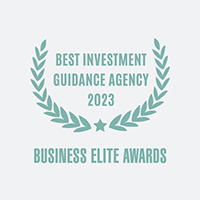
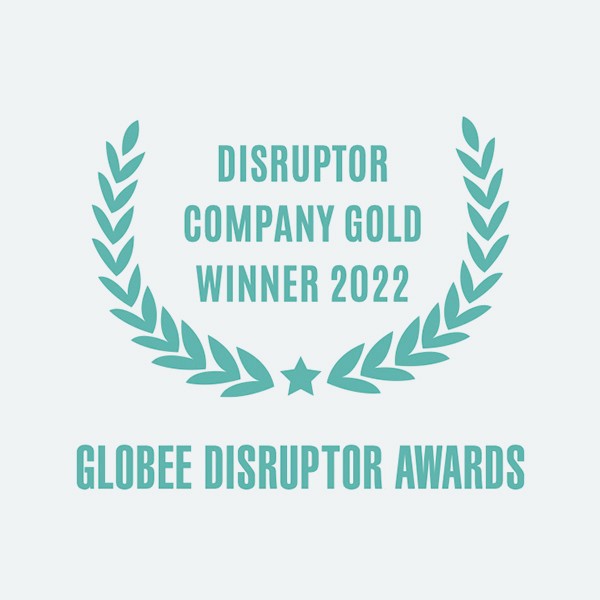
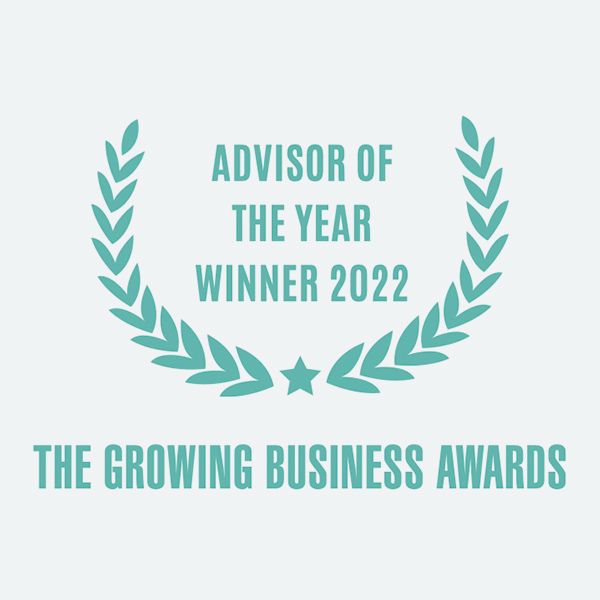
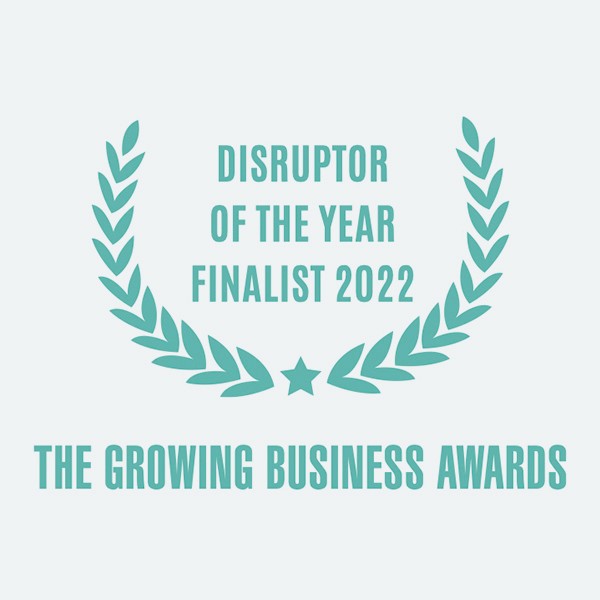
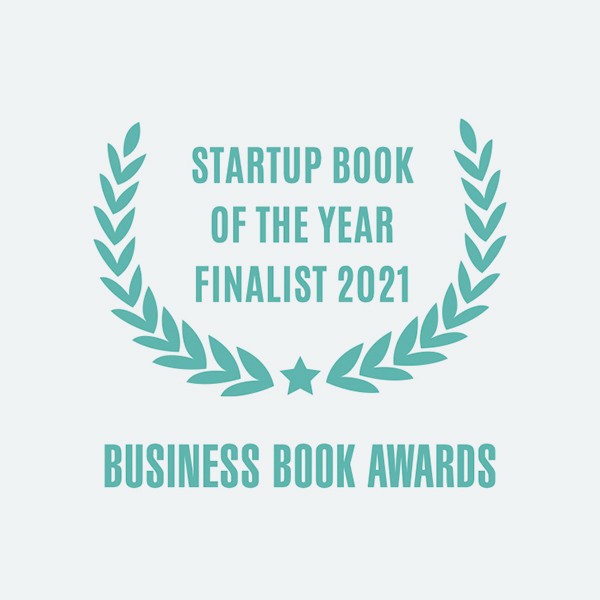

Copyright ©Robot Mascot Ltd. All rights reserved.


